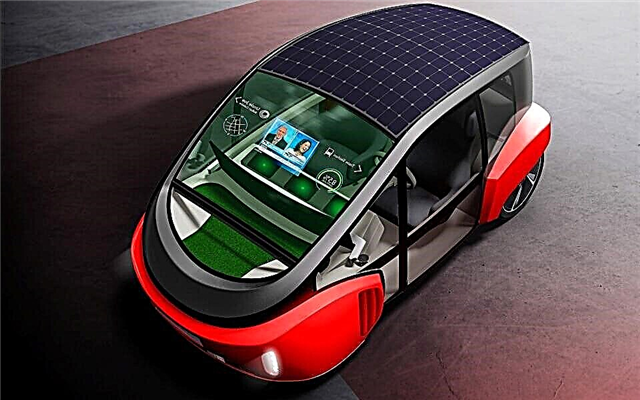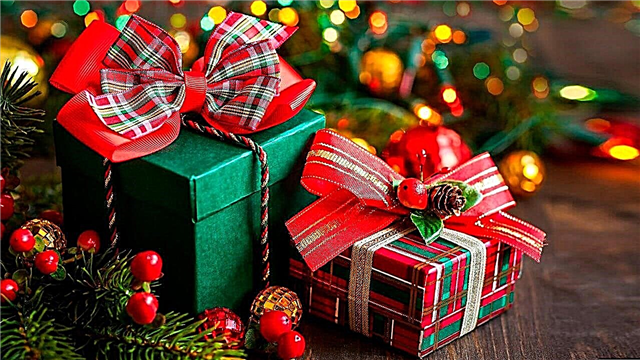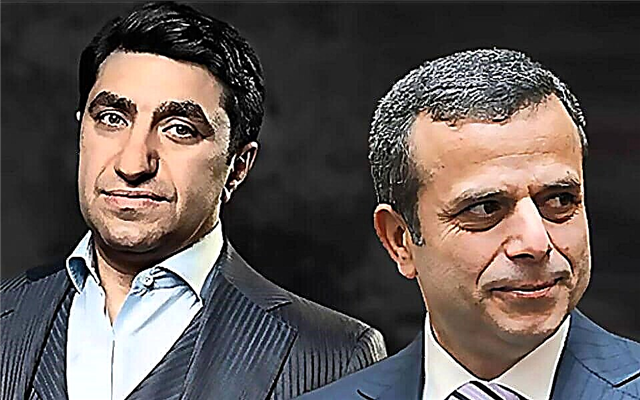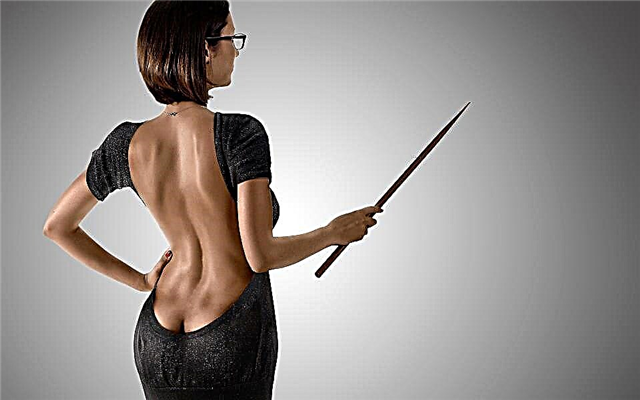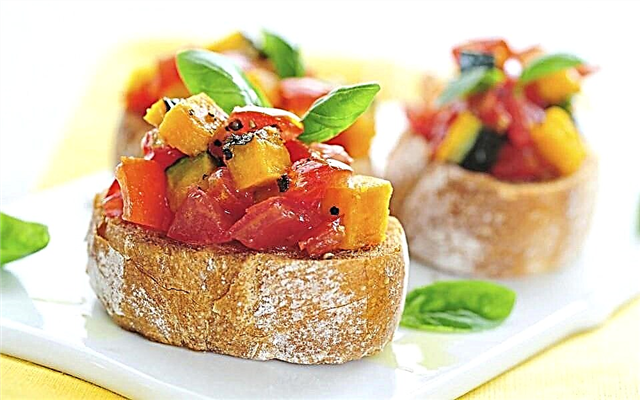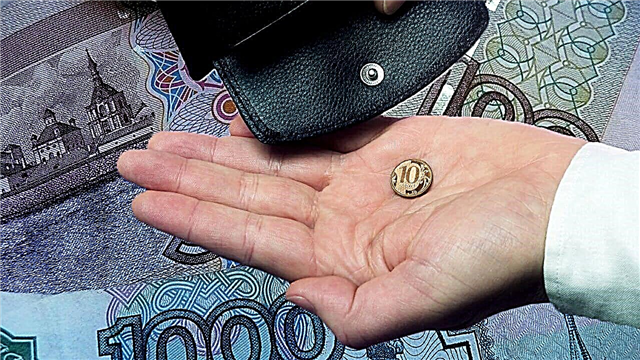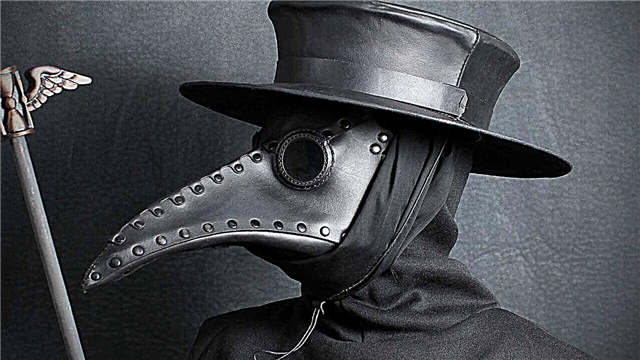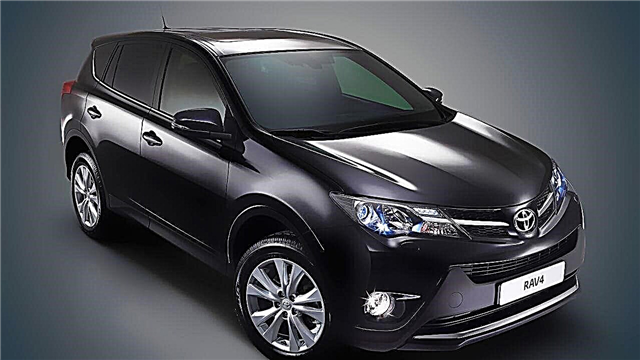Every year the USSR is increasingly becoming a thing of the past. And more and more valuable are coins issued during the existence of the Soviet state. The most expensive coins of the USSR are in our rating: from gold and jubilee rubles to copecks of a very cheap price.
None of the coins of the USSR are among the most expensive coins in the world.
1 chervonets issue 1923
Can be sold for: 170,000 rubles.
 Opens the list of the most expensive Soviet coins, one of the oldest and most valuable in the literal sense of the word - this is a chervonets made of real gold. It is also called a “sower” because of the corresponding image on the reverse. Such a coin weighed 8.6 grams, and the weight of pure gold was 7.742 grams.
Opens the list of the most expensive Soviet coins, one of the oldest and most valuable in the literal sense of the word - this is a chervonets made of real gold. It is also called a “sower” because of the corresponding image on the reverse. Such a coin weighed 8.6 grams, and the weight of pure gold was 7.742 grams.
Once upon a time, the Soviet government planned to trade these banknotes, but the project was declared unprofitable, and the gold coins went for re-melting. There was more confidence in “tsarist”, pre-revolutionary gold in the international market than in “Soviet”. However, some instances have survived to this day.
2 kopecks release 1963
Can be sold for: 200,000 rubles.
 Coins from 1961 to 1991 are rarely valuable. Typically, these are either copies printed with a test stamp, or presentation materials, or print defects, or mixed stamps.
Coins from 1961 to 1991 are rarely valuable. Typically, these are either copies printed with a test stamp, or presentation materials, or print defects, or mixed stamps.
The value of the two-copeck coin of 1963 is the result of testing, when the mint experimentally tried to find the optimal coinage quality. Subsequently, coins began to be made only with the use of a new stamp. But the "test" coins of 1963 (not to lose good) also decided to put into circulation.
They can be distinguished by the following signs: wide edging; a small gap between the ears and the edging; the number two is almost in contact with the letter "d" in the word "penny."
3 kopecks of 1976 release
Can be sold for: 250,000 rubles.
 But the coin in denominations of 3 kopeks issued in 1976 became valuable thanks to confused stamps. For some reason, her obverse was printed with the usual “three-kopeck” stamp, but the reverse was stamped with a 20-kopeck coin stamp. One of these coins was put up for numismatic auction in 2015 and, at an initial cost of 180 thousand rubles, “went under the hammer” for 240 thousand rubles. And over the years, it only gets more expensive.
But the coin in denominations of 3 kopeks issued in 1976 became valuable thanks to confused stamps. For some reason, her obverse was printed with the usual “three-kopeck” stamp, but the reverse was stamped with a 20-kopeck coin stamp. One of these coins was put up for numismatic auction in 2015 and, at an initial cost of 180 thousand rubles, “went under the hammer” for 240 thousand rubles. And over the years, it only gets more expensive.
Such coins can be distinguished by the following features: flat, not concave, as usual, tapes and ears without sharp edges (awns).
10 kopecks release 1946
Can be sold for: 300,000 rubles.
 And this coin was minted for some reason using a stamp used in the mid-thirties. Why did this happen, no one will answer for sure. It is possible that the work stamps broke at the beginning of the planning period and were minted for several days using an outdated stamp. In the total mass, such banknotes are invisible, it is unlikely that someone will count when shopping how many ribbons wrap around the ears on the obverse.
And this coin was minted for some reason using a stamp used in the mid-thirties. Why did this happen, no one will answer for sure. It is possible that the work stamps broke at the beginning of the planning period and were minted for several days using an outdated stamp. In the total mass, such banknotes are invisible, it is unlikely that someone will count when shopping how many ribbons wrap around the ears on the obverse.
You can easily identify it, you just need to calculate the number of ribbons on the wreath - there are only seven of them. Coins issued with a modern stamp at that time have eleven ribbons.
20 kopecks release 1934
Can be sold for: 300,000 rubles.
 In the beginning of the 30s, the task was set to the artist-medalist Vasyutinsky: to develop a new design of cupronickel twenty-copeck coin. However, it was impossible to establish mass production of coins according to these sketches - due to the high complexity of the design, the percentage of defects in manufacturing was too high.
In the beginning of the 30s, the task was set to the artist-medalist Vasyutinsky: to develop a new design of cupronickel twenty-copeck coin. However, it was impossible to establish mass production of coins according to these sketches - due to the high complexity of the design, the percentage of defects in manufacturing was too high.
The end of the matter is that almost all the coins went for re-melting, and a new design was adopted from the mid-30s. Officially, there are only two coins left, both are in museums. True, twenty years later, on the orders of Khrushchev, a few new copies were minted, which were included in collectible sets.
1 kopek issue 1957
Can be sold for: 300,000 rubles.
 Once the number of “sister republics” in the USSR reached 16, but after the Karelian-Finnish SSR ceased to exist, they became one less.
Once the number of “sister republics” in the USSR reached 16, but after the Karelian-Finnish SSR ceased to exist, they became one less.
However, the mint did not have time to react to this change in time - so a rare copy of a coin with a denomination of 1 kopek entered, but having 16 tapes instead of 15 on the obverse.
5 kopecks release 1990
Can be sold for: 390,000 rubles.
 Defective coins are one of the rarest and most valuable items in any collection; because marriage implies uniqueness and a small number of copies. One example is 5 kopecks, for some reason printed on a bimetallic blank weighing 4.71 g.
Defective coins are one of the rarest and most valuable items in any collection; because marriage implies uniqueness and a small number of copies. One example is 5 kopecks, for some reason printed on a bimetallic blank weighing 4.71 g.
So far, only one such coin is known. In thickness and edge, it is identical to the 5-kopek coins issued in 1990.
In 2016, the starting price of such a coin at the auction of the Rare Coins AD was $ 6,500.
Jubilee ruble of 1977
Can be sold for: 1 million rubles.
 The legendary ruble, known to every numismatist specialist and not only. The story of his appearance is anecdotal. In 1977, on the anniversary of the revolution, it was decided to issue a jubilee ruble. Its decor reflected the signs of the time, one of which is the sign of the atom. However, vigilant citizens counted the number of "rays" at the intersection of the orbits of three electrons and realized that under the guise of a sign of progress, in fact, cunning Zionists quietly slip their "star of David." And this is next to the portrait of comrade Lenin!
The legendary ruble, known to every numismatist specialist and not only. The story of his appearance is anecdotal. In 1977, on the anniversary of the revolution, it was decided to issue a jubilee ruble. Its decor reflected the signs of the time, one of which is the sign of the atom. However, vigilant citizens counted the number of "rays" at the intersection of the orbits of three electrons and realized that under the guise of a sign of progress, in fact, cunning Zionists quietly slip their "star of David." And this is next to the portrait of comrade Lenin!
As a result, the stamp was changed, the artist V.P. Zaitsev and the sculptor A.V. Kozlov were called “to the carpet” in Smolny and, even rumor has it, put several people involved in the coin issue. And the original copies almost all went to remelting. Destruction was avoided by only a few coins with a “mogendovid”.
However, the new design of the coin was not much better than the previous one. Instead of the “Star of David”, an image appeared in front of the nose of the leader of the world proletariat, whose contours very much resembled a cookie.
A set of coins of 1958 denomination from 1, 2, 3, 5, 10, 15, 20 kopecks
Can be sold for: 1 million 500 thousand rubles.
 These coins were printed shortly before the 1961 reform and at the exchange rate differed from trifles already existing at that time. It was planned to use them when selling through automatic machines, but later, due to the inevitably confusion with the existence of coins with one digit, but with a different cost, it was decided to abandon the idea. And later the reform broke out, completely changing the entire system of small money.
These coins were printed shortly before the 1961 reform and at the exchange rate differed from trifles already existing at that time. It was planned to use them when selling through automatic machines, but later, due to the inevitably confusion with the existence of coins with one digit, but with a different cost, it was decided to abandon the idea. And later the reform broke out, completely changing the entire system of small money.
Some coins of a small denomination (from 1 to 10 kopecks) still came into circulation, but larger ones went for re-melting. True, we managed to save something, and now these are the most expensive items from the entire collection.
Set of 1947 coins of denomination from 1, 2, 3, 5, 10, 15, 20 kopecks
Can be sold for: 15 million rubles.
 But the coins of 1947 were less fortunate than most copies in our rating. Once upon a time, in preparation for the post-war monetary reform, a certain number of test paper notes and metal coins were printed. They saw the light for the first and last time at the demonstration stands - for some reason, it was decided to refuse to issue coins, and all copies went for re-melting.
But the coins of 1947 were less fortunate than most copies in our rating. Once upon a time, in preparation for the post-war monetary reform, a certain number of test paper notes and metal coins were printed. They saw the light for the first and last time at the demonstration stands - for some reason, it was decided to refuse to issue coins, and all copies went for re-melting.
Only a few of the demonstration copies survived; some of them still retained traces of solder with which they were attached to the stand. Therefore, the price of both individual coins and the entire set is very high. One such set in 2008 was sold at an international auction for 217 thousand euros. For comparison: the most valuable coin of modern Russia is estimated at 300 thousand rubles.
There is also information that a trial ruble was issued. However, it was not put up for sale, and even images of it are not.
Sometimes fraudsters trick beginner numismatists by selling them coins with 15 bandages on the coat of arms, and accompanying them with the story that such banknotes were destroyed due to the wrong number of ribbons. But on the originals from the auctions it can be seen that the rare coins of 1947 should have 16, not 15, ribbons.
Now coins of the times of the USSR can be found in large quantities except in older people who carefully preserved a tiny part of a bygone era. Or you can look for luck in the "flea markets", perhaps the happiness of owning a rare and valuable coin will smile at you. And some even stock up on metal detectors and check abandoned houses, beaches, wells, etc. in search of coins. Whatever method you choose, we wish you a successful search.

